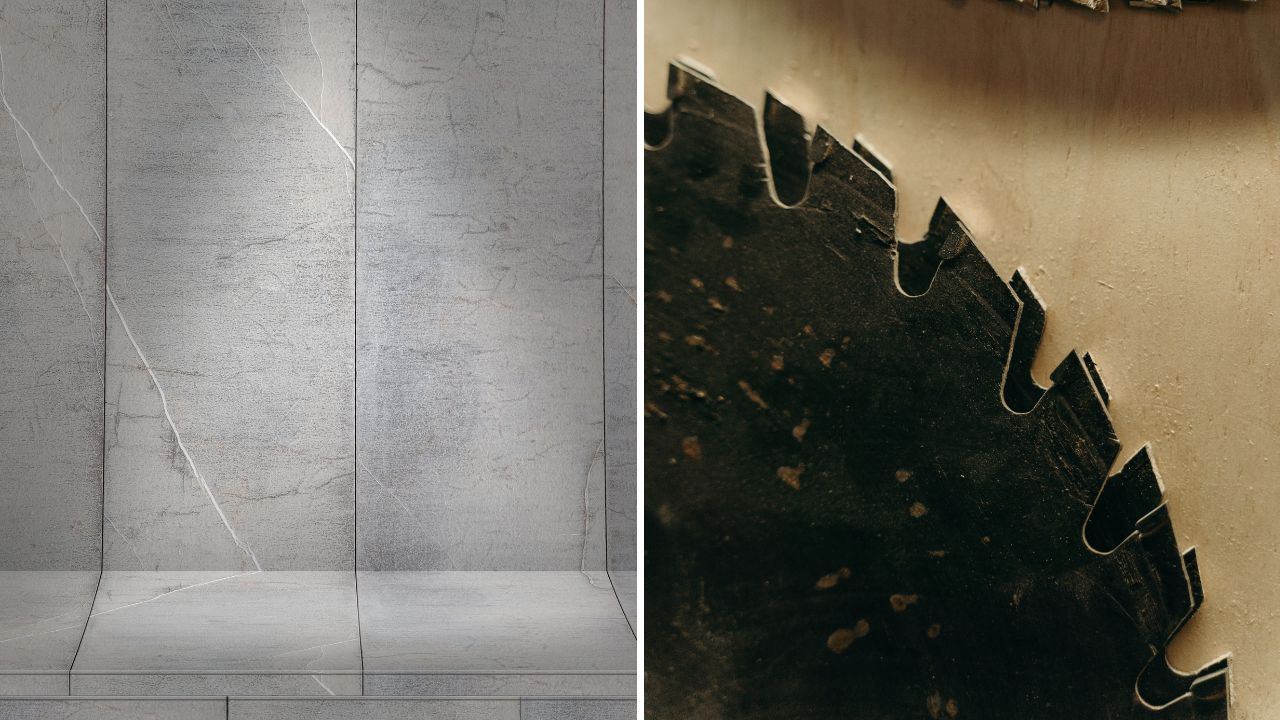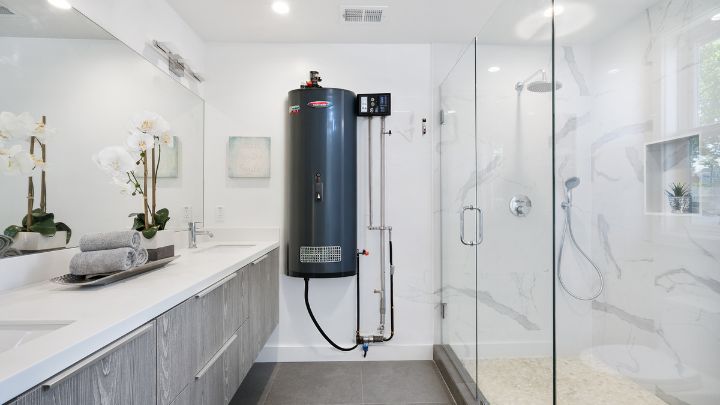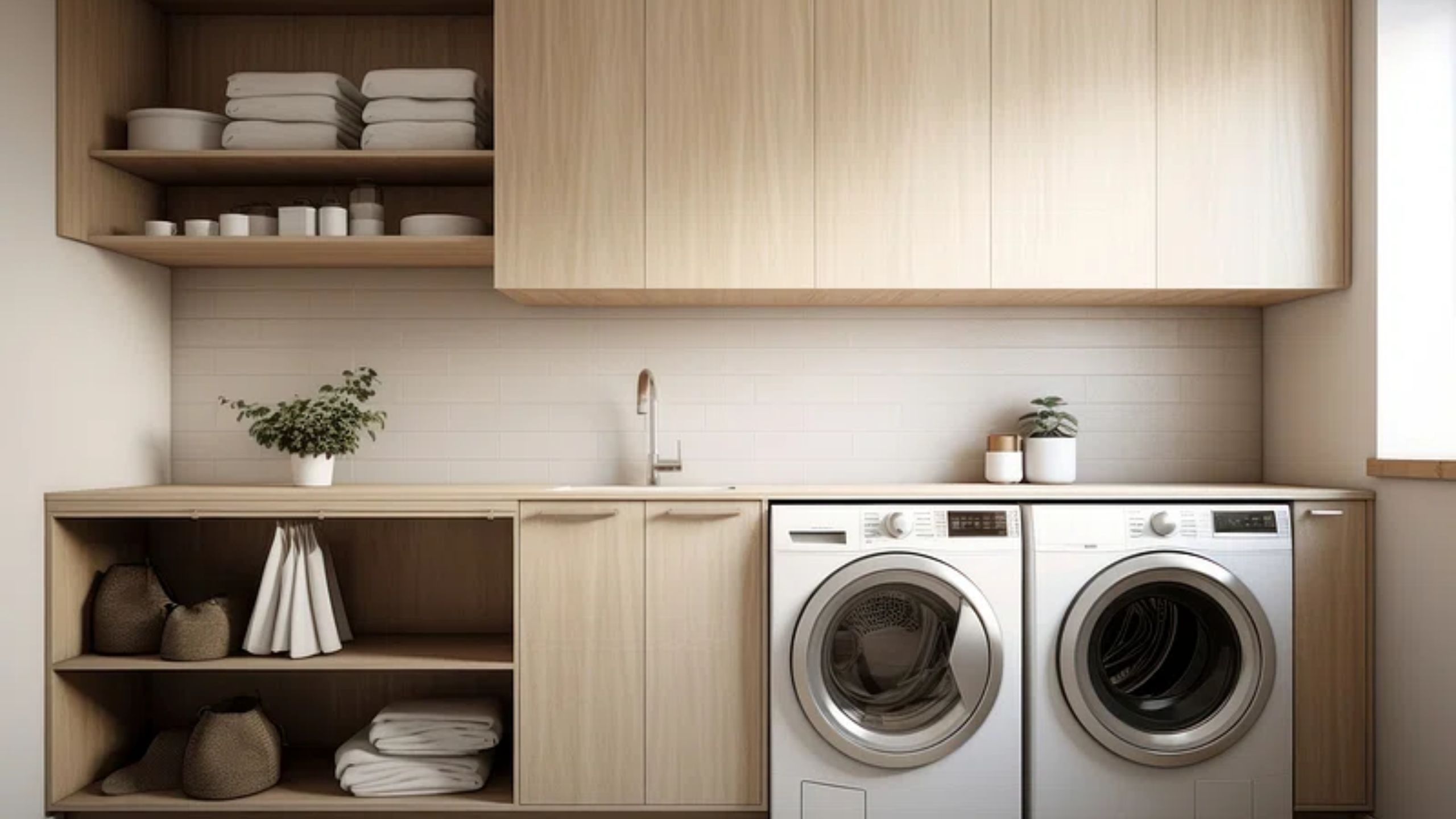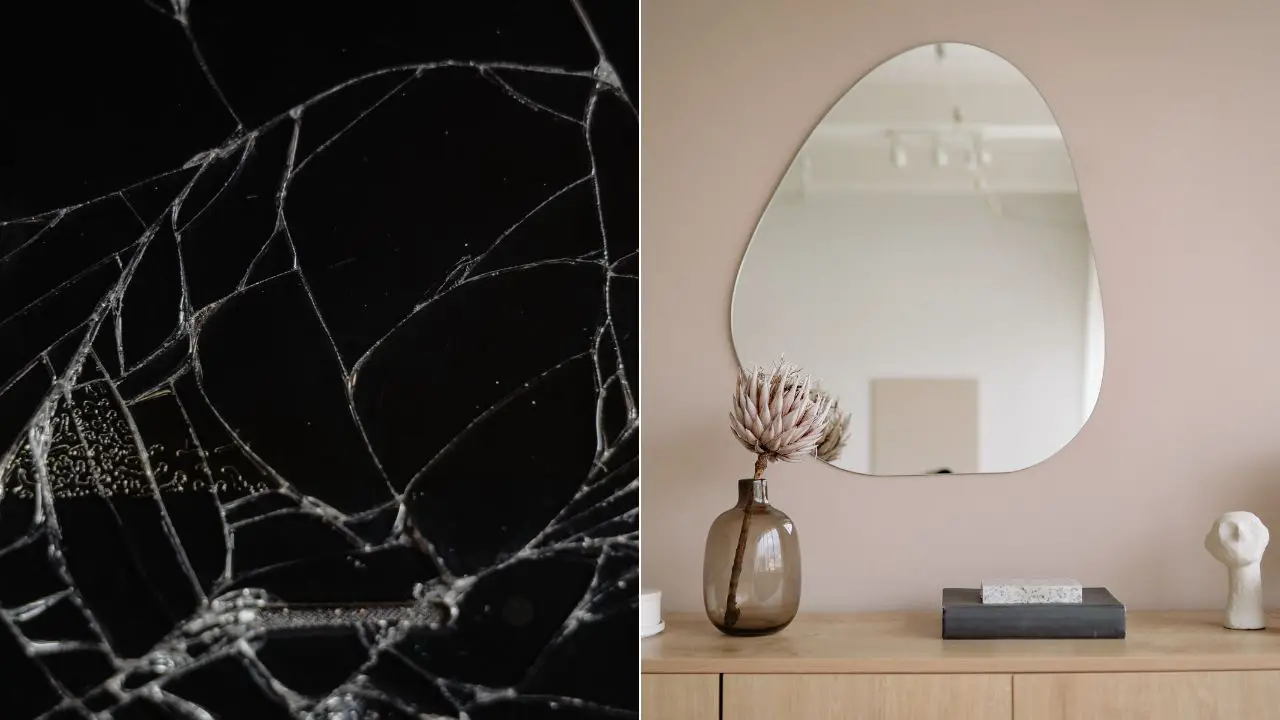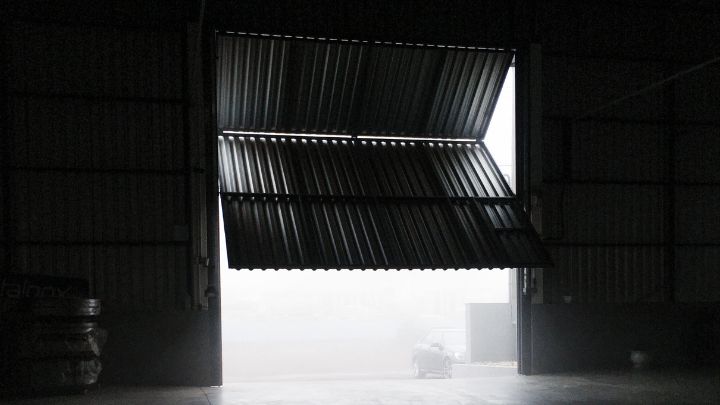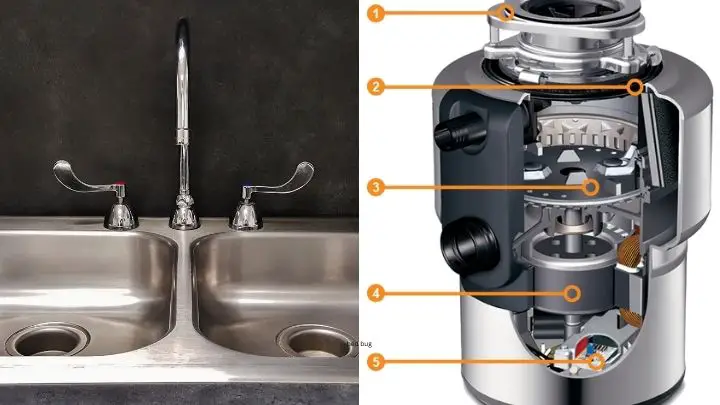So faced vs unfaced insulation on walls? What is the difference? Who would win, and what should you buy for your house? Well, the answer may vary a lot, depending on various factors like what problem you are trying to solve and where you want to place it.
For example, faced insulation is the best where you have never used insulation before, and on the other hand, unfaced insulation is like a reinforcement to the previous work. There are many other differences between faced and unfaced insulation that you should know before you make a choice.
- For your information, insulting your house will help you keep your building cool in summer and hot in winter while also acting as a sound barrier.
But first, you need to know what is Faced Insulation exactly. Where to use it and the pros and cons, then we will look for the same thing for Unfaced Insulation, and then it will be time for the final verdict.
Also, read: How to remove drywall anchors
Table of Contents
What is Faced Insulation on Walls

It is a roll-type insulation with paper attached to one side that acts as a vapor or moisture barrier. It should be used where no insulation is present, and you should not use it on existing insulation. It is made for a fresh installation.
When using the faced insulation the paper side must be always installed against the living space for better efficiency. You can use it in your attics, basement, any crawl spaces, and exterior walls.
Pros and Cons of Faced Insulation
Take a look at these pros and cons of faced insulation before reading further.
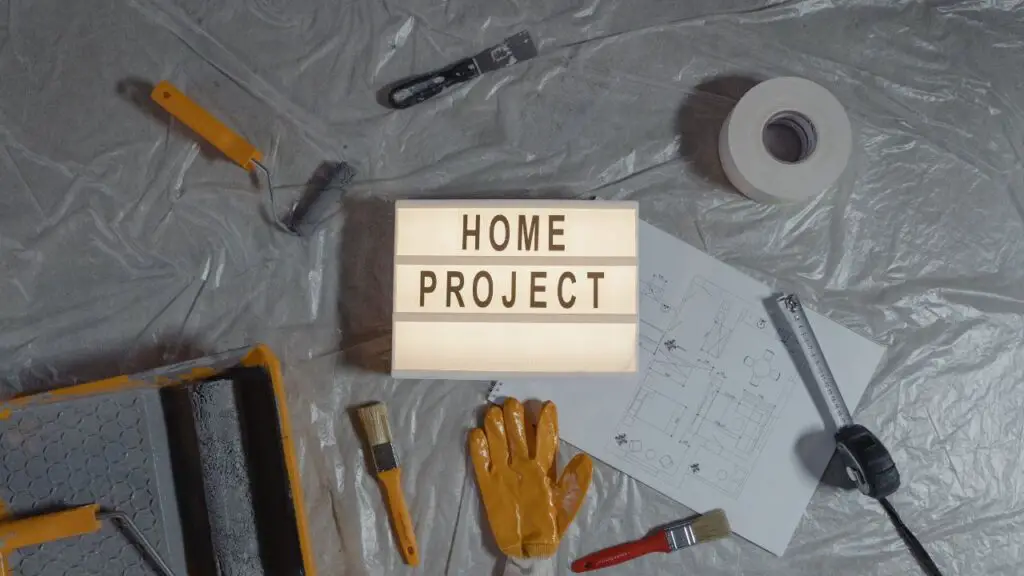
| PROS | CONS |
|---|---|
| It gives protection from vapor or moisture damage. | It is more expensive than unfaced insulation. |
| It reflects heat away and helps to get warm in different seasons. | It can not use it as a second layer of insulation on your walls. |
| Faced insulations are easy to install. | It is a single-layer installation. |
| It prevents mold from growing in our walls. | It can catch fire if you do not pay attention to it. |
| It makes your room soundproof and air radiant. | It comes with a few materials, like Aluminum, Paper, and Sheeting. |
What is Unfaced Insulation

Unfaced Insulation is made from fiberglass roll-type material with no kraft paper in it. It does not have any vapor protection. This type of insulation is the best for any backing-up area where old insulation already exists, and it acts as a reinforcement. Plus, it also can give you a good soundproofing facility.
Unfaced insulation is not suitable for all places, but the following areas are the best for this type of insulation.
- In a place where vapor protection is not needed.
- It can be used over existing insulation as a reinforcement.
- It is best for soundproofing.
Pros and Cons of Unfaced Insulation
| PROS | CONS |
|---|---|
| It acts as a reinforcement. | It is expensive. |
| It is fire-resistant and sound proofing. | It is difficult to install. |
| It comes from many different materials like fiberglass, wool, cellulose, and more. | It can not be used as a fresh installation. |
Faced vs Unfaced Insulation Comparison and Differences
Now let’s compare these two and who will win in the battle of faced vs unfaced insulation.

| Faced Insulation | Unfaced Insulation |
|---|---|
| Moisture and vapor protection. | No protection against vapor. |
| Fire can damage faced insulation. | Unfaced insulation is fire-resistant. |
| You can install it with ease. | It is a bit difficult to install. |
| It offers soundproofing but not completely. | It offers a complete soundproofing facility. |
| It comes with a few materials to choose from. | You can choose from a ton of materials. |
| Faced insulation can be used in attics, basements, any crawl spaces, and exterior walls. | Unfaced insulation is mostly in a place where vapor protection is not needed. |
| It cost less than unfaced insulation. | It cost more than faced insulation. |
Last Words
So, faced vs unfaced insulation, who is the winner? It depends on your uses. If you want a fresh installation then the Faced Insulation will do the work. But if you have faced insulation already and you want more protection, then Unfaed Insulation will do the work as you do to need to remove the old insulation anymore. So what will you choose?
Faced and Unfaced Insulation FAQs
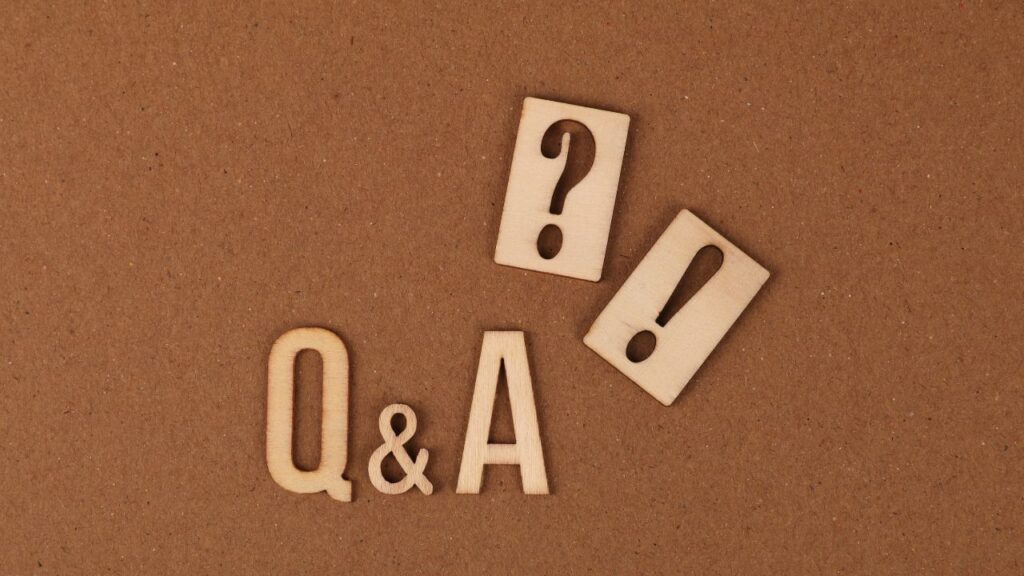
Is faced insulation fire resistant?
No, faced insulation can catch fire quickly. You shoe use unfaced insulation for fireproofing.
Which insulation cost less money?
Faced insulation costs less than unfaced insulation. About $0.50 per square foot for faced and unfaced costs about $1.00 per square foot.
Where should I use unfaced insulation?
Use it in a place where vapor protection is not needed and as a reinforcement on the previous insulation.
Where to use the faced insulation?
Use faced insulation in your attics, basement, any crawl spaces, and exterior walls.
What insulation is best for soundproofing?
Unfaced insulation is best for soundproofing but faced insulation can also be used if your budget is short.
Follow Me on PINTEREST for More Ideas.

